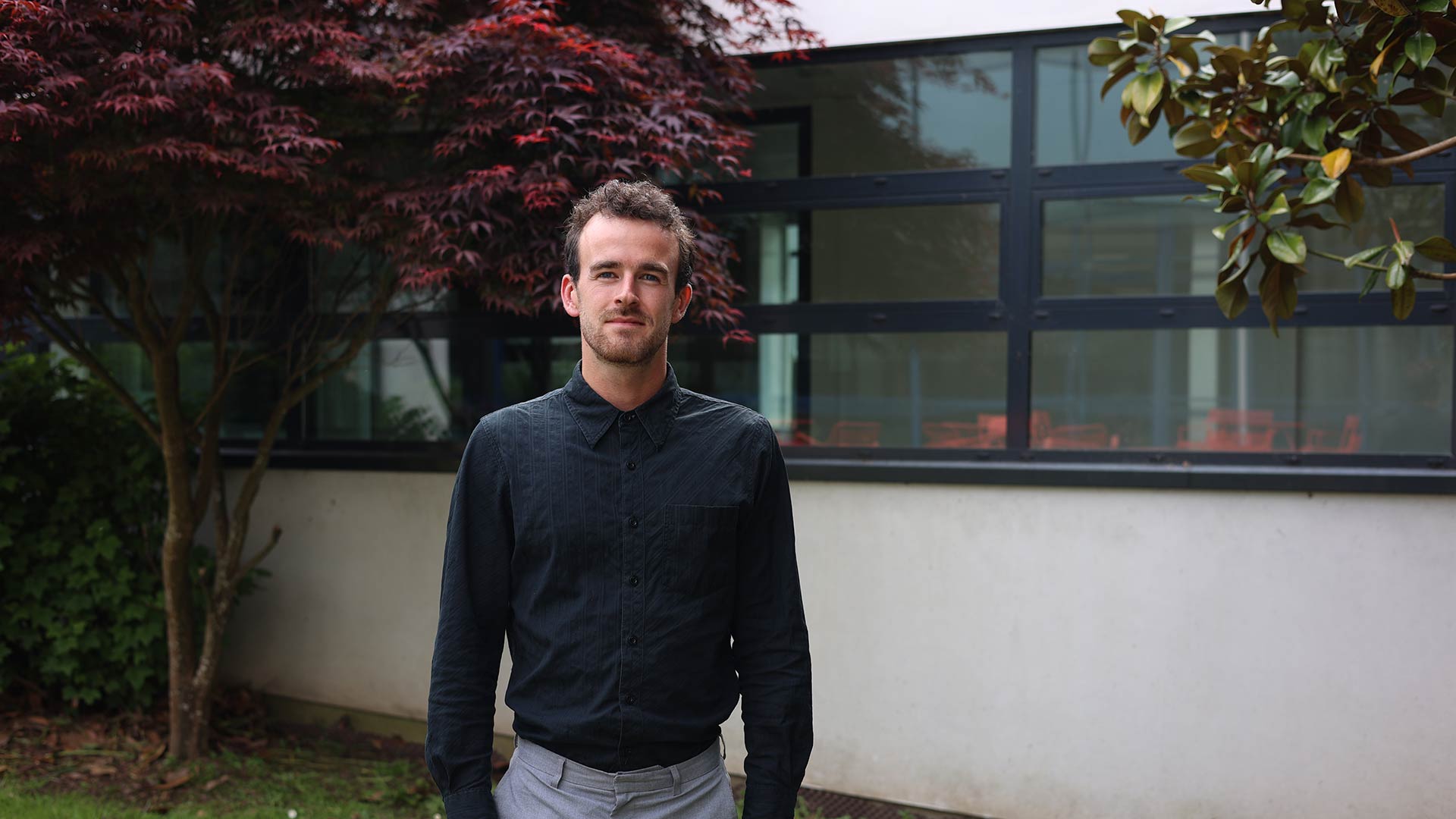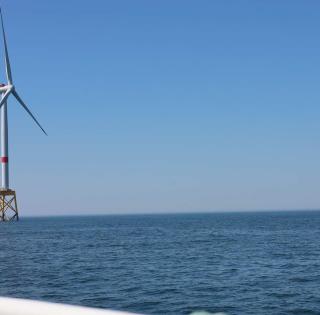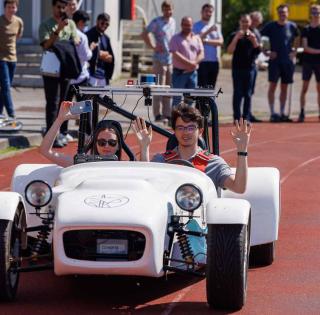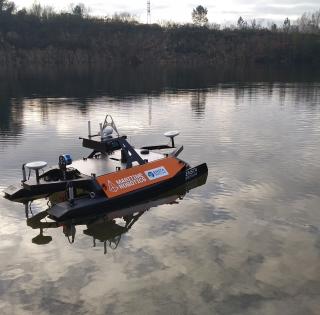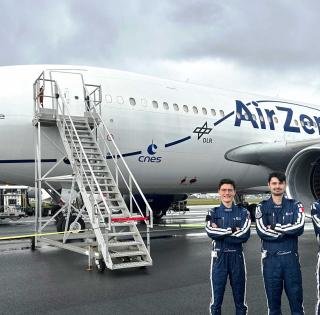
What studies did you take?
I enrolled in ENSTA Bretagne’s co-operative engineering course, majoring in naval architecture, after completing a two-year university technology degree (DUT) in industrial maintenance in St Malo. I did my apprenticeship in the company CMN (Construction Mécanique de Normandie) in Cherbourg. In addition to my lifelong interest in boats, the management side of things has always appealed to me too. So I opted for the business science course in my final year, combined with a double degree at Brest IAE.
After my MSc in engineering, I enrolled in Nantes school of architecture to do a naval architecture degree (1-year DPEA) open to engineering graduates.Taking up studies in a school of architecture was a new challenge as their standards are just as high, but the project formats are very different. This gave me an opportunity to work on different types of vessels and to realize that I wanted to specialize more in commercial vessels.
What did you do after these extensive studies?
J’ai vécu une partie de mes années d’études avec les contraintes du COVID, j’ai donc commencé par une pause pour souffler et faire le point sur mes compétences et mes objectifs. En octobre 2021, j’ai intégré l’entreprise CMA CGM à Marseille au sein du pôle architecture navale en tant qu’architecte naval / Ship expert.
In October 2021, I joined the Marseille-based company CMA CGM in the naval architecture division as a Ship Expert. In my R&D team, we work on development projects for limiting the fleet’s environmental impacts. My job therefore entails an analysis of the current situation (report) and then, above all, brainstorming to identify which technical aspects can be optimized and where efforts should be invested. This notion of reducing CO2 emissions calls for new ideas and new challenges.
What does your day-to-day job involve in practice?
Day-to-day, I develop decision support tools with the various departments to define the hypotheses representing the future fleet as clearly as possible.
This is a complex subject, and merely making technological improvements won’t be enough. We also need to look at energy sources. For that, we need to work with many different stakeholders. Tangible solutions will only be found when we all come together and put our collective thinking caps on.
Do you think you were well prepared for this job?
My current profession didn’t exist a few years ago, but the skills I acquired stood me in good stead for adapting to current challenges. The R&D team has more than tripled since I arrived, to develop subjects to do with energy optimization! The stakes are high for the company. ENSTA Bretagne has a strong graduate track record, so it opens a lot of doors.
Do you have any advice for ENSTA Bretagne students today?
When I first got to the school, I had no clear idea of what exactly I wanted to do. Reassure yourselves that it’s ok to ask yourselves questions, it’s ok to wonder about your choices. At the school you can gain a bigger picture in terms of your future by considering a broad range of professions.






